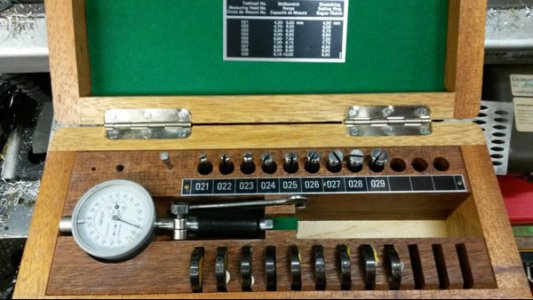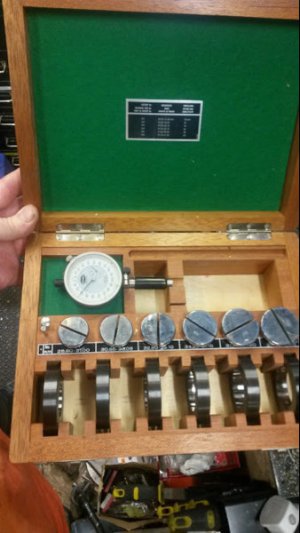- Joined
- May 24, 2012
- Messages
- 395
Have a chinese live center that work ok but tried my dead center and it is more rigid when parting or during heavy cuts. If we can find a good sturdy design....
Was brainstorming some ideas:
● Using several 6000 series ball bearings? Have seen it on high speed spindles. (I'm more a taper bearing guy but it's hard to preload them in this blind hole design)
● Replacing tailstock ram completly with dedicated one? (There a internal square thread should be hard to do)
● The tree bearings design with one bearing far from others is the one I like more but into a MT02 there aren't much space.
● Think using brass bushings we can make a good sturdy (and small) live center. But it is durable?
● There something already done we can repurpose? (Like car wheel bearing pipe center)
Was brainstorming some ideas:
● Using several 6000 series ball bearings? Have seen it on high speed spindles. (I'm more a taper bearing guy but it's hard to preload them in this blind hole design)
● Replacing tailstock ram completly with dedicated one? (There a internal square thread should be hard to do)
● The tree bearings design with one bearing far from others is the one I like more but into a MT02 there aren't much space.
● Think using brass bushings we can make a good sturdy (and small) live center. But it is durable?
● There something already done we can repurpose? (Like car wheel bearing pipe center)



